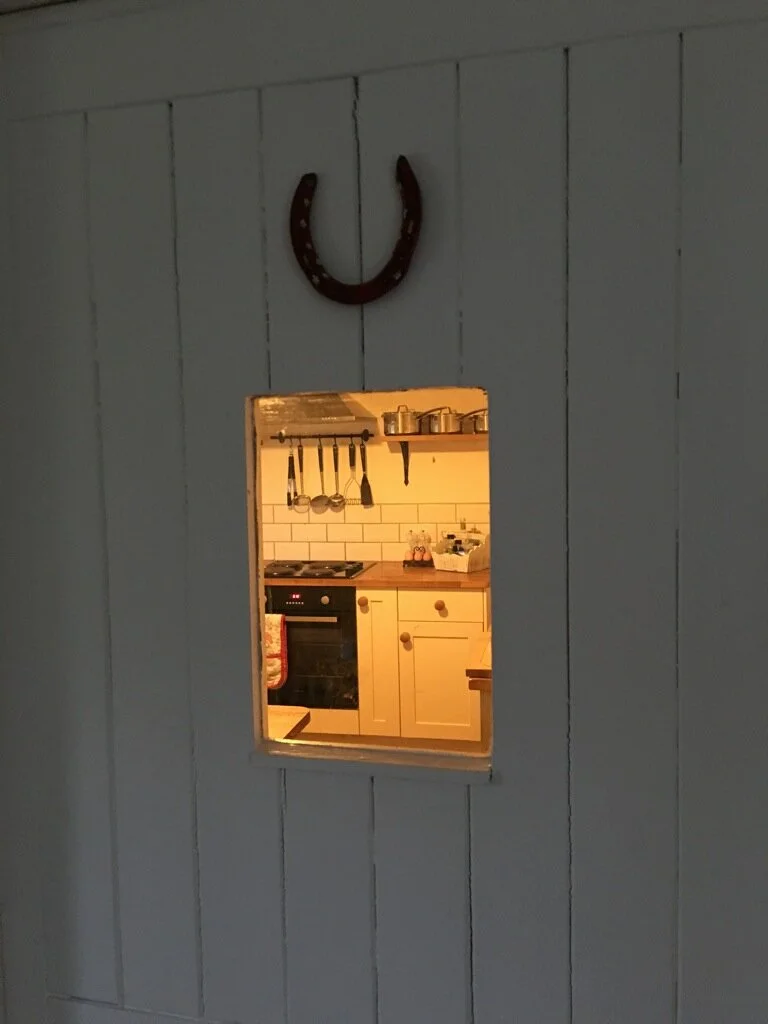It should be blazingly obvious by now that in order to meet green house gas emission reduction targets we need to get serious about deep energy retrofitting of existing homes. The home owner cannot be expected to foot the bill for this alone. It needs to be a national priority here - as it already is in Germany and Norway. Creative models for financing exist - such as PACE an acronym for Properly Assessed Clean Energy Financing. in which the money is given interest-free to renovators for upgrades in efficiency which are then gradually paid back over time in the form of property taxes. Investors have put billions into the idea. It will take trillions to retrofit all the housing stock in North America. So be it - better than an investment in war.
Pembina Institute has an opinion piece on their blog this month. It is worth a look. Betsy Agar over at Pembina has expressed interest in our project and since learning of her work I have kept an eye on Pembina writings.
Building Green has been exploring the concept for a good long time. In a 2008 article Alex Wilson and Allyson Wendt report on some case studies, provide a Low-Energy Retrofits - Priority Checklist and assert what we have experienced firsthand in our Fernwood project:
The biggest challenges are cost and skilled labor. To address these, EBN’s editorial this month (see An Environmental Service Corps for America) presents the concept of an Environmental Service Corps to focus on home energy retrofits along with such other activities as ecological restoration and invasive species control. A program like this—as bold and unlikely as it seems—would provide only part of the answer to bring about widespread energy retrofitting. We will also need to encourage the use of energy-efficient mortgages and home loans, subsidized low-interest loans, outright grants, and performance-based tax incentives.
Amen and agreed. Along with a Green New Deal and a Just Recovery for All.
““The greenest building is the one that is already built.”
Architect Carl Elefante - Director of Sustainable Design at Qunin Evans Architects in Washington, D.C.”
Making what’s old new again (and energy efficient at the same time). We have no more time to waste.
